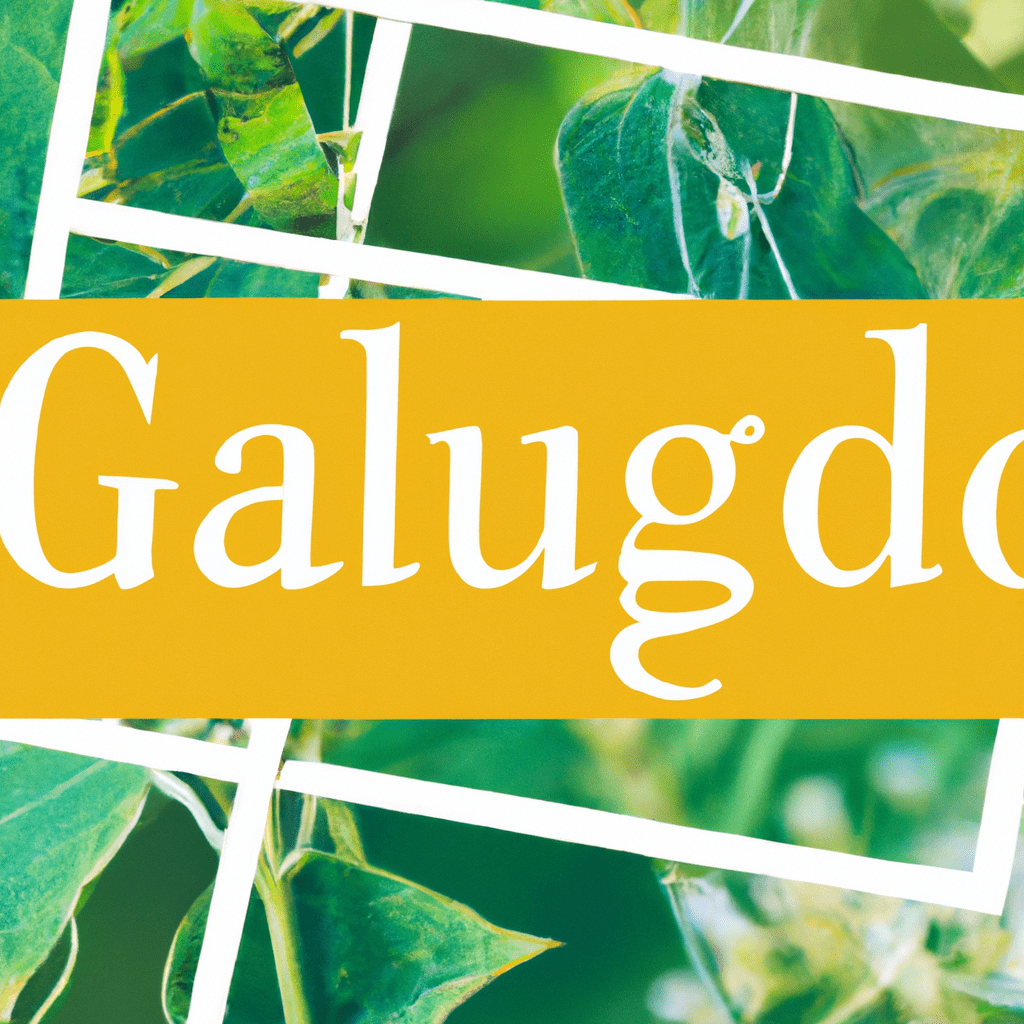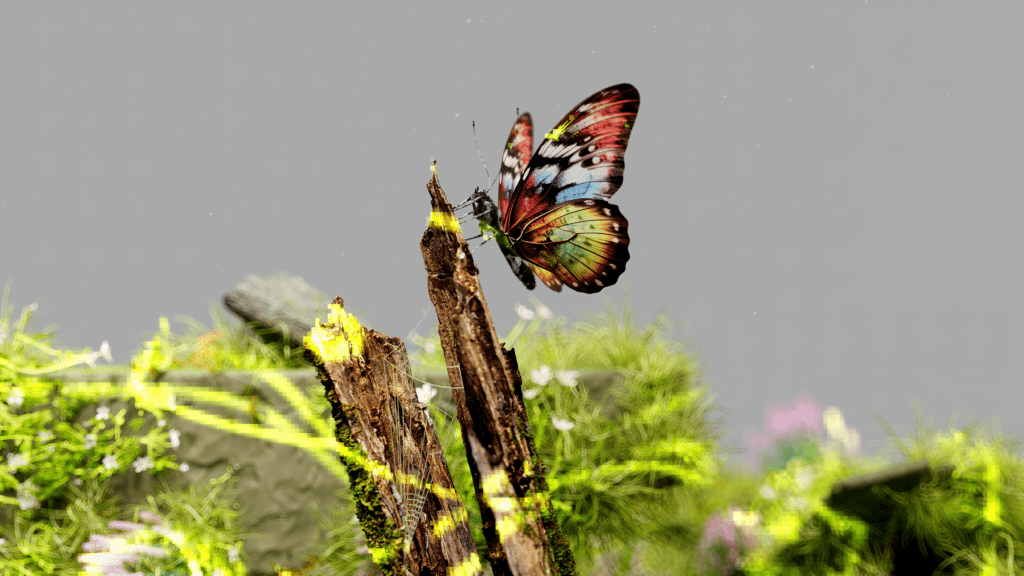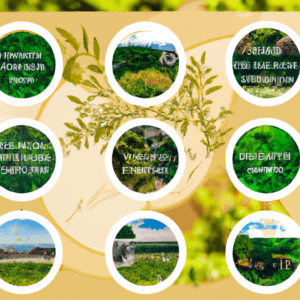Are you ready to transform your backyard into a vibrant, bustling haven for wildlife? Look no further! In this article, we will explore the secrets to creating a wildlife-friendly garden that will not only attract an array of fascinating creatures but also contribute to the conservation of local biodiversity. Whether you have a spacious lawn or a small balcony, we have simple yet effective tips that will help you nurture a thriving ecosystem right in your own backyard. Get ready to be amazed by the wonders of nature as you embark on this exciting journey to create a habitat that welcomes birds, butterflies, bees, and more!
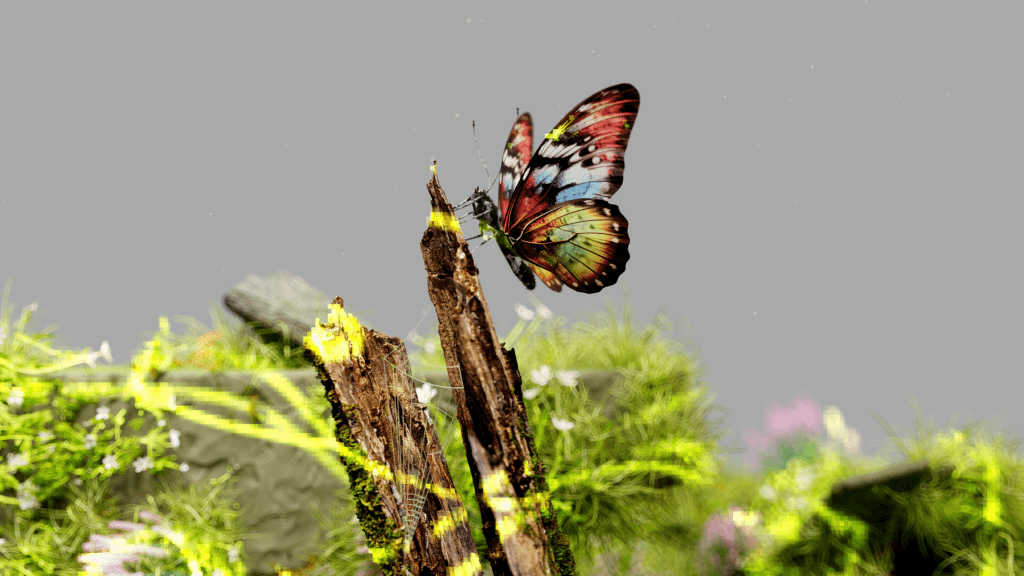

Choosing Native Plants
Creating a wildlife-friendly garden begins with choosing native plants. Native plants are species that have naturally occurred in a specific region for hundreds or even thousands of years. By planting native plants in your garden, you not only enhance the beauty of your landscape but also provide essential habitats and food sources for local wildlife.
Benefit of Native Plants
Native plants have several benefits when it comes to supporting wildlife. Since they have coevolved with local wildlife, native plants provide the necessary food and shelter that native species depend on. These plants often produce fruits, nectar, seeds, or foliage that attract birds, butterflies, bees, and other beneficial insects. Additionally, native plants are well-adapted to the local climate and soil conditions, making them more resilient and requiring less maintenance.
Research Local Native Species
Before selecting native plants for your garden, research the local native species in your area. Consult with local gardening experts, visit native plant nurseries, or check online resources to identify the native plants that are suitable for your region. Consider the specific soil and sunlight requirements of each plant to ensure successful growth in your garden.
Creating a Native Plant Garden
Once you have identified the native plant species suitable for your region, start creating your native plant garden. Choose a variety of plants that bloom at different times of the year, ensuring a continuous food source for wildlife. Group plants with similar needs together and consider their height and structure to provide diverse habitats. By incorporating a mix of groundcovers, shrubs, and trees, you can create a harmonious and attractive garden that benefits both wildlife and yourself.
Providing Food Sources
A key aspect of attracting and supporting wildlife in your garden is providing ample food sources. By carefully selecting trees, shrubs, and flowering plants, you can ensure that your garden becomes a haven for birds, insects, and other wildlife.
Planting Trees and Shrubs
Planting trees and shrubs is an excellent way to provide food and shelter for a wide range of wildlife. Native trees such as oak, maple, and pine produce acorns, seeds, and fruits that are essential food sources for birds and small mammals. Shrubs like raspberries, blackberries, and elderberries provide nutritious berries loved by birds and other wildlife. Be sure to choose species that are native to your region and consider planting a mix of evergreen and deciduous trees and shrubs to provide year-round resources.
Adding Flowering Plants
Flowering plants not only beautify your garden but also attract pollinators such as butterflies and bees. Choose a variety of native flowering plants that bloom at different times throughout the year to provide a continuous source of nectar. Plants like coneflowers, milkweed, and black-eyed Susans are excellent choices as they are not only attractive but also beloved by butterflies and bees. Additionally, consider planting native grasses and wildflowers to enhance the biodiversity of your garden.
Installing Bird Feeders
Installing bird feeders is another way to provide food for birds and enjoy their presence. Choose feeders that are appropriate for the species of birds in your area and fill them with high-quality birdseed, suet, or mealworms. Place the feeders in a quiet and safe area, away from potential predators such as cats. Regularly clean and refill the feeders to ensure a steady food supply for your feathered friends.
Creating Water Features
In addition to food sources, water is essential for attracting and supporting wildlife in your garden. By incorporating water features, you can provide a refreshing and vital resource for birds, amphibians, and insects.
Installing a Birdbath
A simple yet effective water feature is a birdbath. Choose a shallow basin with a rough surface to allow birds to grip and bathe easily. Place the birdbath in a quiet area, preferably near trees or shrubs, to provide cover and shade. Make sure to keep the water clean and change it regularly to prevent the spread of diseases. Adding a dripper or a mister to the birdbath can also attract birds by creating movement and sound.
Building a Pond
If space permits, consider building a pond in your garden. Ponds provide not only a water source but also habitats for various aquatic organisms and attract a wide range of wildlife. Research the specific requirements for pond construction in your area, including size, depth, and the use of native aquatic plants. Incorporate rocks, logs, and aquatic vegetation to create hiding places and basking spots for amphibians and reptiles. A pond can become a focal point of your garden, providing endless opportunities to observe and appreciate the wildlife it attracts.
Including a Water Fountain
Water fountains are another attractive option for providing water in your garden. The sound and movement of flowing water can be enticing to birds and other wildlife. Choose a fountain that recirculates water to conserve resources and avoid stagnant water. Position the fountain near vegetation to create a natural and inviting setting. Cleaning the fountain regularly is essential to keep it functioning properly and to prevent the growth of algae.
Building Wildlife Habitats
To truly create a wildlife-friendly garden, it is important to go beyond providing food and water sources. Building specific habitats in your garden can accommodate the needs of different species, from nesting birds to pollinating insects.
Constructing Nesting Boxes
Nest boxes or birdhouses provide cavity-nesting birds with safe places to raise their young. Research the specific requirements of different bird species and construct or purchase nest boxes accordingly. Place them in suitable locations, providing the right amount of sunlight and protection from predators. Regularly clean and maintain the nest boxes to ensure their continued use.
Installing Bat Boxes
Bats are beneficial creatures that consume vast amounts of insects, including mosquitoes and agricultural pests. By installing bat boxes, you can provide shelter for these nocturnal mammals and encourage their presence in your garden. Research the species of bats in your area and construct or purchase bat boxes designed for their specific needs. Mount the boxes high on a pole or a building, ensuring they receive sufficient sunlight and are protected from predators.
Building Insect Hotels
Insect hotels are structures designed to provide shelter and nesting opportunities for a variety of beneficial insects. These accommodations can be made from natural materials such as logs, bamboo, and hollow stems, arranged in a way that creates small nooks and crannies. Insects such as solitary bees, ladybugs, and lacewings will find these spaces appealing for nesting and overwintering. Place the insect hotel in a sunny, sheltered spot to maximize its effectiveness.
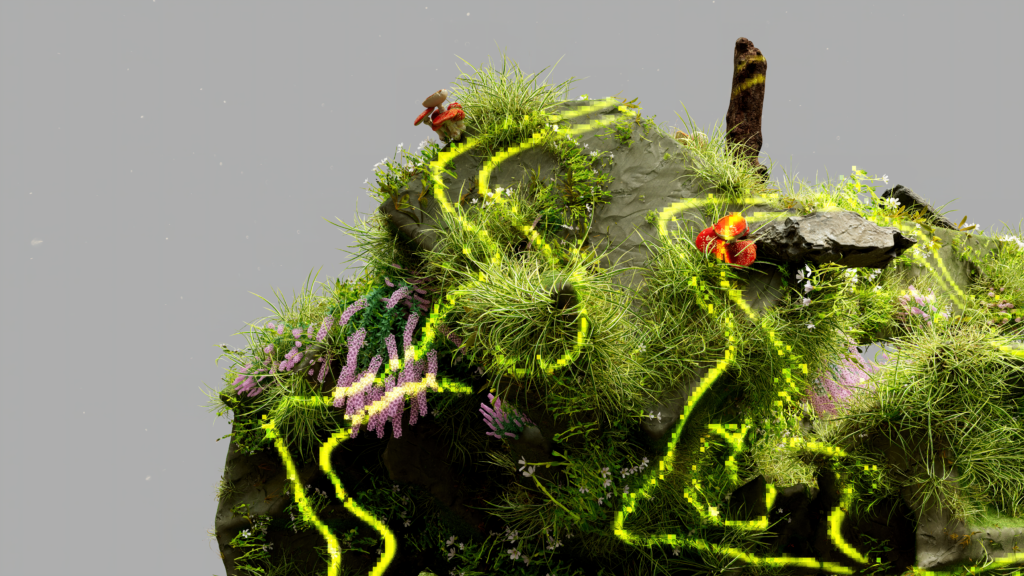

Avoiding Pesticides and Chemicals
Using pesticides and chemicals in your garden can have detrimental effects on wildlife and the environment. To maintain a safe and wildlife-friendly garden, it is important to minimize or eliminate the use of such substances.
Negative Impacts of Pesticides
Pesticides, including insecticides, herbicides, and fungicides, can harm not only the pests they target but also non-target organisms that are beneficial to your garden. Birds, bees, butterflies, and other insects can be exposed to these chemicals through direct contact or by consuming contaminated food sources. Pesticides can disrupt ecosystems and have far-reaching consequences. It is essential to understand the potential harm they can cause and seek alternatives.
Natural Pest Control Methods
Instead of relying on pesticides, consider using natural pest control methods to manage unwanted insects. Encourage natural predators such as birds, ladybugs, and praying mantises by providing suitable habitats and food sources. Use physical barriers like nets, row covers, or fences to protect your plants from pests. Companion planting, where certain plants deter pests or attract beneficial insects, is another effective strategy. Research organic gardening techniques and experiment with different methods to find what works best for your garden.
Organic Gardening Practices
Adopting organic gardening practices is not only beneficial for wildlife but also for the health of your garden and yourself. Use organic fertilizers and compost to enrich the soil and provide essential nutrients for plants. Employ crop rotation and proper watering techniques to minimize the risk of diseases and pests. Mulching can help conserve moisture and suppress weeds, reducing the need for chemical weed killers. By practicing organic gardening, you contribute to a healthier and more sustainable environment.
Creating Sheltered Areas
Wildlife requires safe and sheltered areas in your garden to feel protected from predators and adverse weather conditions. By incorporating dense foliage, brush piles, and rock and log piles, you can provide refuge for a variety of creatures.
Planting Dense Foliage
Planting dense foliage, such as evergreen shrubs or climbing vines, creates a protective haven for small birds and other wildlife. This dense cover provides shelter from predators and harsh weather, as well as nesting opportunities. Native plants with dense foliage, such as holly, privet, and laurel, are particularly suitable for this purpose. Plan your garden layout to include areas of dense vegetation, ensuring a balance between open spaces and sheltered areas.
Building Brush Piles
Brush piles are a simple and effective way to create sheltered areas for wildlife. Collect fallen branches, sticks, and twigs, and carefully arrange them into piles in a secluded corner of your garden. These brush piles provide hideouts and breeding grounds for small mammals, reptiles, and insects. As the brush piles decompose, they also contribute to the health of the soil. Regularly add new materials to maintain and expand the brush piles over time.
Adding Rock and Log Piles
Rock and log piles mimic natural habitats and provide hiding spots for a variety of creatures. These structures create microhabitats for beneficial insects, reptiles, and small mammals. Appropriate rocks and logs can be combined to form small crevices, niches, and tunnels. These features not only provide shelter but also act as sunning spots for cold-blooded organisms. Position rock and log piles in sunny or partially shaded areas, ensuring they blend in with the surrounding landscape.
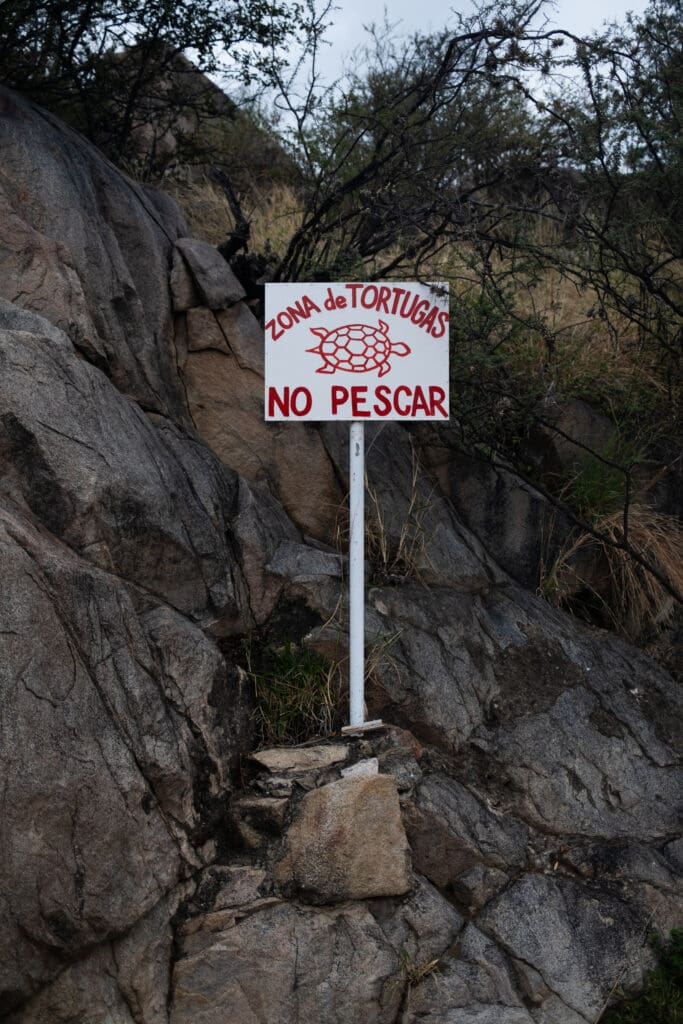

Choosing Wildlife-Friendly Garden Features
In addition to specific habitats and resources, you can enhance the wildlife-friendliness of your garden by incorporating certain features that attract and support a diverse range of creatures.
Including Butterfly Gardens
Butterfly gardens are designed to attract and sustain various butterfly species throughout their life cycles. By planting a variety of nectar-rich flowers, providing host plants for caterpillars, and incorporating features like rocks and puddling areas for drinking, you can create a haven for butterflies in your garden. Research the specific requirements of butterflies in your region and choose appropriate plants and features to create a vibrant and captivating butterfly garden.
Adding Bee-Friendly Plants
Bees play a vital role in pollination, making them essential for the health and productivity of your garden. By planting a diverse array of bee-friendly plants, you can provide a continuous source of nectar and pollen. Choose native flowering plants like lavender, sunflowers, and bee balm that produce abundant and accessible flowers. Avoid using pesticides, as they can harm bees and other beneficial insects. By creating a bee-friendly garden, you actively contribute to preserving these important pollinators.
Installing Bat Houses
Bats are often misunderstood creatures, yet they provide many benefits to ecosystems, including pollination and insect control. Installing bat houses in your garden can help support local bat populations. Research the specific requirements and preferences of bats in your region and choose suitable bat house designs. Mount the houses in locations that receive sufficient sunlight and are away from obstructions. By providing a safe and comfortable space for bats to roost, you can encourage their presence and reap the rewards of their insect-eating habits.
Maintaining a Wildlife-Friendly Garden
Creating a wildlife-friendly garden is an ongoing endeavor that requires regular maintenance and attention. By following a few key practices, you can ensure that your garden remains a welcoming and sustainable habitat for wildlife.
Pruning and Trimming
Regular pruning and trimming of vegetation in your garden help maintain the health and aesthetics of your landscape while providing valuable resources for wildlife. Remove dead or diseased branches to prevent the spread of diseases. Thin out dense foliage to allow sunlight to reach the lower layers and encourage diverse plant growth. Be careful not to disturb nesting sites or remove important food sources when pruning.
Weed Control
Weeds can compete with native plants for resources and negatively impact the overall health of your garden. Implement weed control practices that minimize the use of chemicals and preserve the habitat for beneficial organisms. Mulching, hand weeding, and smothering weeds with organic materials are effective strategies. Regularly monitor your garden for weeds and address them promptly to prevent their proliferation.
Maintaining Water Features
Water features require regular maintenance to ensure they remain clean and functional. Clean birdbaths, fountains, and ponds at regular intervals, removing debris and replenishing water as needed. Remove excess vegetation or algae that can accumulate in ponds to prevent stagnation. Regularly check water pumps and filters to ensure proper functioning. By maintaining your water features, you provide a healthy and appealing environment for wildlife.
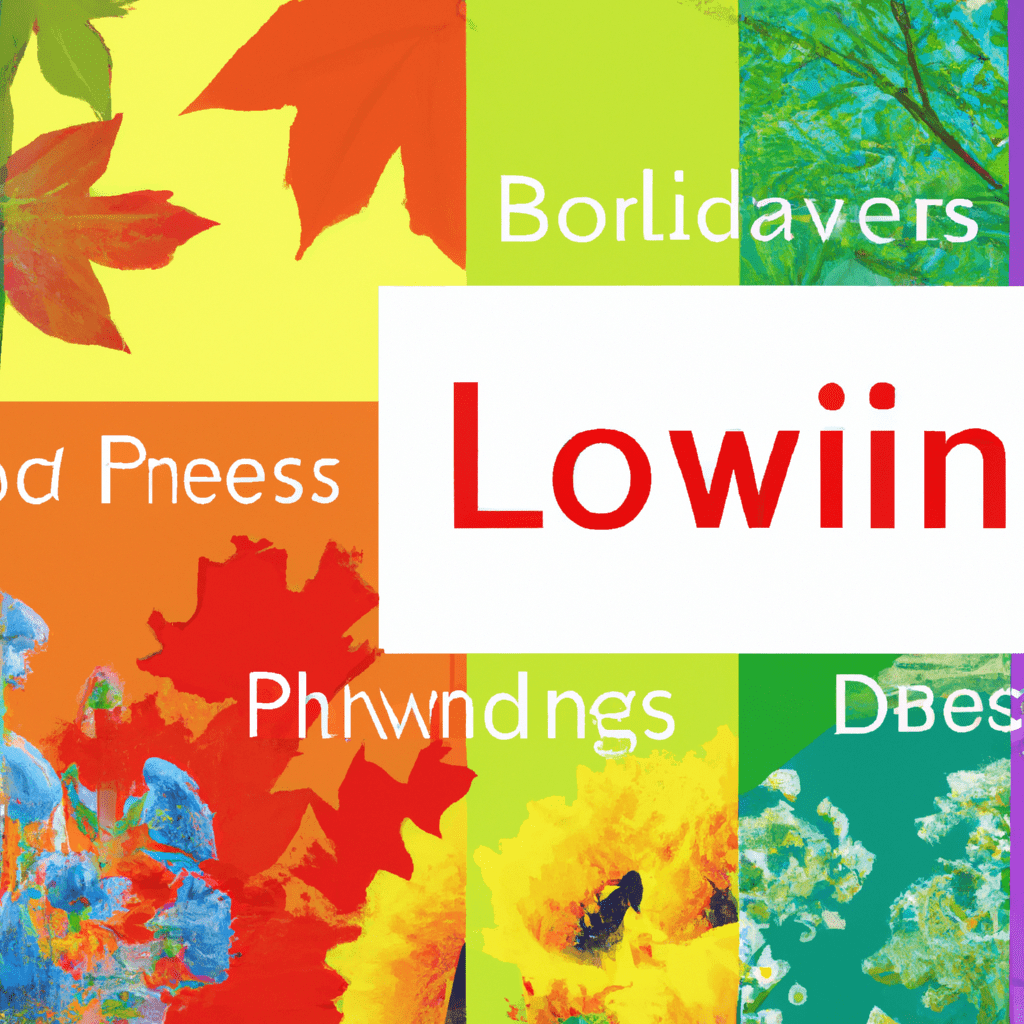

Attracting Birds to Your Garden
Birds are popular visitors in wildlife-friendly gardens, bringing color, song, and delightful antics. By providing the right elements, you can attract a variety of bird species to your garden and create an inviting habitat for them.
Providing Food and Water
To attract birds, offer a variety of food sources such as seeds, berries, fruits, and insects throughout the year. Use bird feeders, bird-friendly plants, and natural insect populations as sources of nutrition. Ensure a constant supply of clean water in birdbaths or ponds for drinking and bathing, especially during hot and dry periods. Remember to change the water regularly to prevent the spread of diseases.
Creating Nesting Opportunities
Nesting opportunities are crucial for birds to raise their young successfully. Provide a range of nesting habitats by having trees, shrubs, and birdhouses at different heights in your garden. Research the nesting requirements of individual bird species and position nest boxes or birdhouses accordingly. Consider placing nesting materials like twigs, leaves, and grass clippings in suitable areas for birds to use when building their nests.
Including Bird-Friendly Plants
Bird-friendly plants provide not only food but also cover and nesting sites for birds. Choose species that produce fruits, seeds, or berries that attract different species of birds. Native plants like serviceberry, dogwood, and black cherry are excellent choices. Provide a mix of evergreen and deciduous trees and shrubs to offer year-round cover. By including bird-friendly plants in your garden, you create a diverse and appealing habitat for birds to thrive.
Beneficial Insects in the Garden
Beneficial insects play a crucial role in maintaining the overall health and balance of your garden ecosystem. By attracting and supporting these helpful creatures, you can naturally control pests and promote pollination.
Identifying Beneficial Insects
Take the time to familiarize yourself with the beneficial insects present in your garden. Ladybugs, lacewings, praying mantises, and ground beetles are just a few examples of beneficial insects that prey on pests and help control their populations. Learn to recognize them in their different stages of development, from eggs to larvae and adults. By understanding their appearance and habits, you can appreciate their contributions and encourage their presence.
Creating Insect-Friendly Environments
To attract beneficial insects, create environments that provide shelter, food, and water. By planting a diverse range of flowering plants, especially those with small, nectar-rich flowers, you can attract a variety of pollinators and predatory insects. Incorporate native grasses, wildflowers, and herbs to provide additional resources. Avoid the use of pesticides and allow natural habitats, such as fallen leaves or decomposing plant material, to provide shelter and breeding grounds for beneficial insects.
Encouraging Pollinators
Pollinators, including bees, butterflies, and hummingbirds, are vital for the reproduction of many plants. To support these essential creatures, plant a variety of native flowering plants that provide nectar and pollen. Choose plants with flowers of different shapes, colors, and bloom times to attract a diverse range of pollinators. Provide water sources such as shallow dishes with pebbles for butterflies and bees to drink from. By creating a welcoming environment for pollinators, you help ensure the pollination of your garden plants and contribute to overall biodiversity.
Creating a wildlife-friendly garden is a rewarding experience that allows you to connect with nature and support local ecosystems. By selecting native plants, providing food sources, creating water features, building habitats, avoiding pesticides, creating sheltered areas, choosing wildlife-friendly garden features, maintaining your garden, attracting birds, and supporting beneficial insects, you can create a diverse and thriving habitat that attracts a wide range of wildlife. With a little effort and care, your garden can become a haven for plants, animals, and the enjoyment of all.
